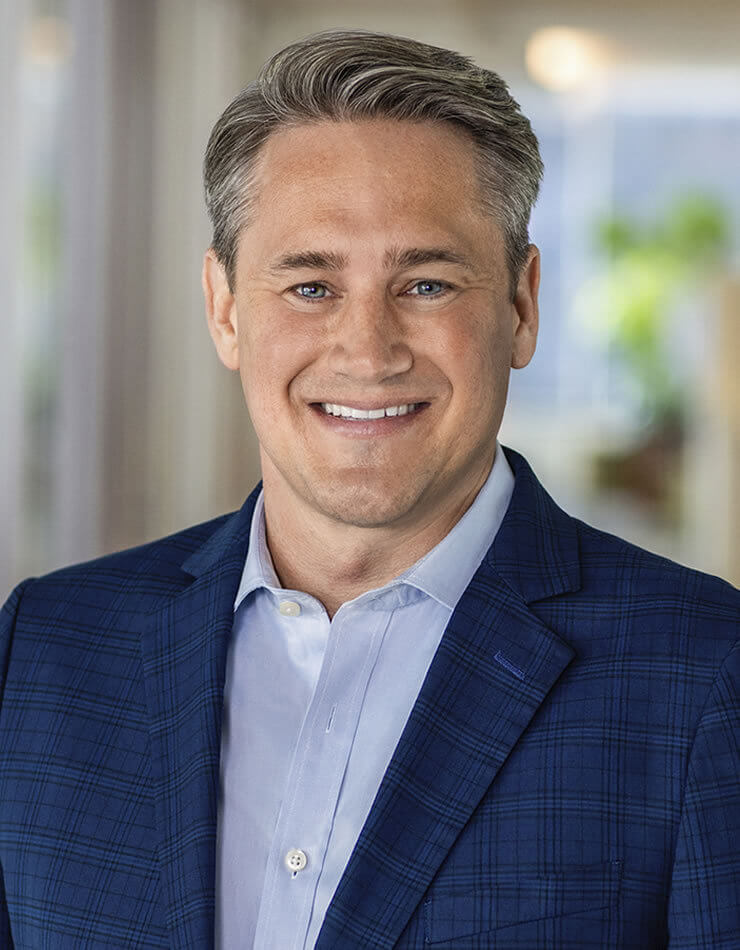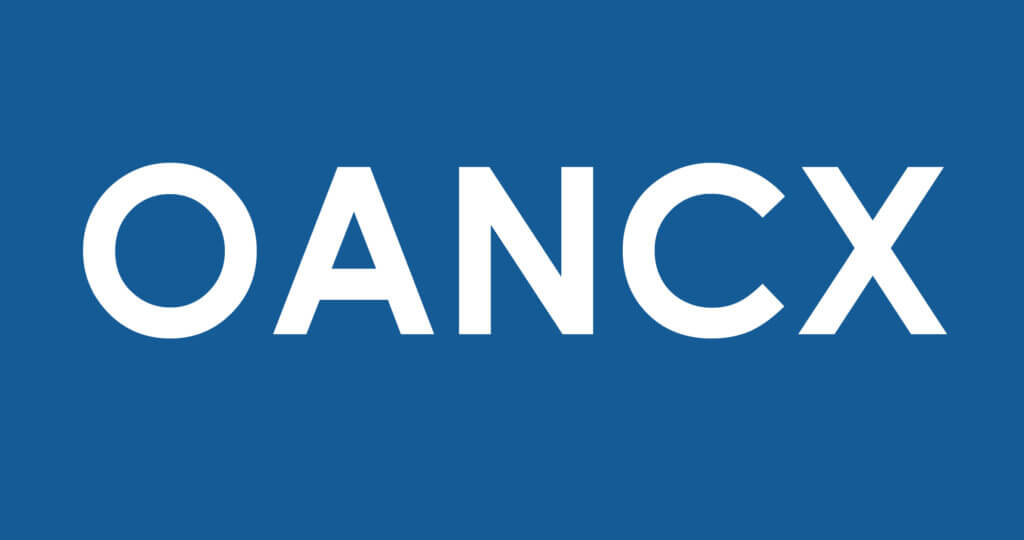Headlines don’t reflect the whole story
Key takeaways:
- Tariffs and news headlines are driving uncertainty, and now markets are pricing in the impacts, which is creating opportunity for value investors.
- Credit markets aren’t broadly cheap, but compelling dislocations are emerging, which makes those markets far more interesting than they were just one quarter ago.
- Macro policy will determine how much disruption gets priced into the market, but our focus remains on bottom-up security selection and finding companies with management teams that can weather a wide range of scenarios.
One day we’re told tariffs are “coming back stronger than ever.” The next, negotiations may “ease tensions for good.” By Friday, it’s back to “global realignment.” The latest? Widespread, large tariffs are expected to be implemented by our president. Reading these daily macro alerts feels like trying to interpret a seismograph during one of my daughter’s bounce house birthday parties.
Sure, headline-driven chaos suggests uncertainty is rising—and maybe it is—but probably not as much as it feels. Uncertainty is always in the background; it’s a structural feature of the future. What actually changes more often is how much uncertainty people focus on—and whether market asset prices reflect that. What matters most to us at Oakmark isn’t whether uncertainty exists—it always does—but whether market asset prices reflect uncertainty in a way that creates a sufficient value opportunity. Until recently, they didn’t. Most of the credit world was priced as if companies’ future earnings power carried no uncertainty—not just around tariffs, but broadly. But in the final month of this quarter, something changed: markets began to price in uncertainty. And that’s good news for those of us who’ve been waiting to find value again after credit’s dry spell over the past couple of years.
After an extended stretch of rising equity markets and declining credit risk, prices are finally starting to move in the other direction. Only recently have we started to see signs of opportunity returning. At Oakmark, the team has leaned defensive for the better part of two years, preferring higher quality corporate balance sheets, securitization vehicles, and plain old U.S. governments. There was no need to chase yield or make big bets on lower quality companies that offered minimal compensation for a significant drop in credit quality—especially when we were finding better expected returns in higher quality balance sheets. That calculus is shifting as we exit the quarter and prices move even lower. We’re beginning to put capital to work where risk premiums are finally starting to reflect reality. I’m sharpening the pencil, and for the first time in a while, we’re starting to draw.
Value begins to return
The repricing hasn’t been dramatic, but it matters. It’s how value in credit starts to rebuild. High yield (Bloomberg U.S. Corporate High Yield Index) has widened to +375 as of writing—almost 100 basis points off the tights (+281 on February 18, 2025) or a move of roughly 33%. Investment-grade BBB credit (Bloomberg U.S. BBB Corporate Index)—where most investment grade issuance sits—has widened to around +120, 25 basis points wider and 27% off the lows. Since the global financial crisis, spreads for high yields have ranged between 300–650 basis points, and spreads for investment grade have ranged between100–200 for investment grade 84% of the time since March 20101. So, the recent shifts represent meaningful resets. They have the potential to generate not just total return, but excess return for long-term, patient capital.
In parts of high yield and BBB investment grade, spreads are finally starting to reflect real risks: business model fragility, capital structure leverage, refinancing gaps. Securitized credit is repricing too, especially in deals tied to consumer credit and commercial real estate where stress is more visible. These aren’t broad calls. We believe this market still rewards real credit work, not index exposure. But for the first time in a while, dislocations are surfacing that meet Oakmark’s bar for both return potential and margin of safety.
Finding opportunity in dislocations
One such dislocation emerged in auto asset-backed securities (auto ABS). We bought a newly issued BBB-rated tranche at a credit spread of 190 basis points, almost double what the market would have priced that level of risk even three weeks earlier. Such a large move was purely technical and disconnected from our view of the investment’s fundamental risk. In fact, the underlying auto loans would have to experience cumulative losses above 40% for our investment to see any write-down, while that type of loan pool typically exhibits losses below 20%. In our opinion, that healthy margin of safety against losses, combined with a rapid cheapening of credit spreads, created the kind of opportunity that fits our value investment thesis.
We also added exposure in Insulet Corp. (PODD) by participating in its inaugural senior unsecured bond deal used to refinance part of its 2026 convertible notes. This marked a meaningful evolution in PODD’s capital structure—from a growth-phase mix of converts and loans to something more befitting its scale and cash flow profile. We see it as a high-BB credit, anchored by a market leadership position in insulin delivery, strong free cash flow, and modest, declining leverage near 2.5x. Price talk came in at 7%, roughly 50 basis points wide of comparable high-quality healthcare credits–and 50 basis points wider than it would have been priced earlier in March before valuations in credit began to reset. That kind of mispricing doesn’t just offer near-term yield. It sets up longer-term potential upside as our upgrade thesis plays out. These are still selective opportunities, not a broad-based buying spree. But the key difference is that we’re finally being paid to take risk. After a long period of restraint, we believe it’s time to start leaning in—carefully, selectively, and always with our bottom-up framework in mind.
Still early days
My goal isn’t to signal the “all-in” on buying fixed income risk today. If tariffs of the magnitude that have been recently discussed are fully enacted and sustained, we believe there will be plenty of opportunities to buy at even lower prices than today, especially in more cyclical corners of the marketplace. Credit markets today aren’t broadly cheap, but they’re far more interesting than they were just a quarter ago. Spread widening—especially in companies with reliable management teams and revenue streams—has opened isolated entry points that finally offer fair compensation for real risk. The reset likely isn’t complete and may even be in the early stages, but it’s in motion.
Our positioning today
With that in mind, our portfolio positioning reflects a cautious optimism. We’ve begun selectively increasing exposure to credit risk in areas where spreads offer meaningful compensation. That includes certain segments of high yield, BBB-rated corporates, and asset-backed securities with conservative structures and favorable technicals. At the same time, we’ve maintained strong liquidity and continue to hold a healthy allocation of U.S. Treasurys and short-duration instruments—both for defense and optionality. The opportunity set is growing, but patience remains a core part of our process as we assess further possible disruptions in our companies’ earnings streams.
How much disruption—and ultimately what gets priced into the market—will depend in large part on macro policy. At Oakmark, we don’t try to predict how these events will play out. We leave that to the few PhDs who claim they can. But we don’t ignore it either. Tariffs are real. They have the potential to shift earnings and raise default risk.
We do spend time focusing on how the companies in our portfolio can absorb that reset—through cash flow, balance sheet strength, and liquidity. That’s the key distinction. As debt investors, we don’t need to predict the exact outcome. But we do need a strong sense of the range—especially the downside—and the catalysts that could take us there.
Rather than betting on discrete macro outcomes, we focus on building portfolios of companies led by management teams equipped to navigate a wide range of scenarios. While others try to forecast the next macro squall, hoping to steer around it, we’re doing something different: picking what we believe are the right captain and the right boat. We want leadership that has proven it can navigate calm seas and rough waters alike and businesses that are built to absorb volatility, not avoid it. If we trust the captain and know the vessel is sound, we don’t need to predict every storm. We just need to stay on course.
That means we position our portfolio to hold up in tightening or easing cycles, recession or recovery, inflation or deflation. And we focus on securities where we think the embedded risk premium compensates us for real uncertainty—not headlines. When dislocations emerge, we lean in where the downside is well understood, and the upside still reflects investor fear. That mindset kept us disciplined during years of aggressive pricing, and we believe it will now help us step back into a market that looks more compelling.
In short, the market feels different—not because uncertainty is new, but because it’s finally being acknowledged and priced. Tariffs may be the catalyst, and we are monitoring their effects on the market. But what is notable is the shift in sentiment from complacency to caution, from greed to fear. And that shift creates opportunity for disciplined value buyers.
Through it all, our process doesn’t change. We stay grounded in fundamentals. We don’t react to noise. We invest in management teams and capital structures built to handle a range of outcomes. And when we find mispriced risk with a wide margin of safety, we act.
Others try to time the next macro storm. We focus on understanding the range of weather we could face and on making sure we have the right captain and the right boat to get through it. That mindset—clear-eyed, bottom-up, forward-leaning—has always defined Oakmark. And right now, it has us exactly where we want to be: sailing toward the next opportunity for our investors, confident in the captains we’ve chosen, steady in the boat, and unfazed by the wind.
OPINION PIECE. PLEASE SEE ENDNOTES FOR IMPORTANT DISCLOSURES.
1 Source: Bloomberg
The securities mentioned above comprise the following percentages of the Oakmark Bond Fund’s total net assets as of 03/31/2025: Insulet CB 04/28 144A 6.500% Due 04-01-33 1.0%. Portfolio holdings are subject to change without notice and are not intended as recommendations of individual stocks.
Access the full list of holdings for the Oakmark Bond Fund here.
The information, data, analyses, and opinions presented herein (including current investment themes, the portfolio managers’ research and investment process, and portfolio characteristics) are for informational purposes only and represent the investments and views of the portfolio managers and Harris Associates L.P. as of the date written and are subject to change and may change based on market and other conditions and without notice. This content is not a recommendation of or an offer to buy or sell a security and is not warranted to be correct, complete or accurate.
Certain comments herein are based on current expectations and are considered “forward-looking statements.” These forward looking statements reflect assumptions and analyses made by the portfolio managers and Harris Associates L.P. based on their experience and perception of historical trends, current conditions, expected future developments, and other factors they believe are relevant. Actual future results are subject to a number of investment and other risks and may prove to be different from expectations. Readers are cautioned not to place undue reliance on the forward-looking statements.
This material is not intended to be a recommendation or investment advice, does not constitute a solicitation to buy, sell or hold a security or an investment strategy, and is not provided in a fiduciary capacity. The information provided does not take into account the specific objectives or circumstances of any particular investor, or suggest any specific course of action. Investment decisions should be made based on an investor’s objectives and circumstances and in consultation with his or her financial professionals.
Yield is the annual rate of return of an investment paid in dividends or interest, expressed as a percentage. A snapshot of a fund’s interest and dividend income, yield is expressed as a percentage of a fund’s net asset value, is based on income earned over a certain time period and is annualized, or projected, for the coming year.
The Bloomberg U.S. Aggregate Bond Index is a broad-based benchmark that measures the investment grade, U.S. dollar-denominated, fixed-rate taxable bond market. The index includes Treasurys, government-related and corporate securities, mortgage-backed securities (agency fixed-rate and hybrid ARM pass-throughs), asset-backed securities and commercial mortgage-backed securities (agency and non-agency). This index is unmanaged and investors cannot invest directly in this index.
The Oakmark Equity and Income Fund invests in medium- and lower-quality debt securities that have higher yield potential but present greater investment and credit risk than higher-quality securities. These risks may result in greater share price volatility. An economic downturn could severely disrupt the market in medium or lower grade debt securities and adversely affect the value of outstanding bonds and the ability of the issuers to repay principal and interest.
The Oakmark Equity and Income Fund’s portfolio tends to be invested in a relatively small number of securities. As a result, the appreciation or depreciation of any one security held by the Fund will have a greater impact on the Fund’s net asset value than it would if the Fund invested in a larger number of securities. Although that strategy has the potential to generate attractive returns over time, it also increases the Fund’s volatility.
Oakmark Equity and Income Fund: The securities of medium-sized companies tend to be more volatile than those of large companies and have underperformed the securities of small and large companies during some periods.
The Oakmark Bond Fund invests primarily in a diversified portfolio of bonds and other fixed-income securities. These include, but are not limited to, investment grade corporate bonds; U.S. or non-U.S.-government and government-related obligations (such as, U.S. Treasury securities); below investment-grade corporate bonds; agency mortgage backed-securities; commercial mortgage- and asset-backed securities; senior loans (such as, leveraged loans, bank loans, covenant lite loans, and/or floating rate loans); assignments; restricted securities (e.g., Rule 144A securities); and other fixed and floating rate instruments. The Fund may invest up to 20% of its assets in equity securities, such as common stocks and preferred stocks. The Fund may also hold cash or short-term debt securities from time to time and for temporary defensive purposes.
Under normal market conditions, the Fund invests at least 25% of its assets in investment-grade fixed-income securities and may invest up to 35% of its assets in below investment-grade fixed-income securities (commonly known as “high-yield” or “junk bonds”).
Fixed income risks include interest-rate and credit risk. Typically, when interest rates rise, there is a corresponding decline in bond values. Credit risk refers to the possibility that the bond issuer will not be able to make principal and interest payments.
All information provided is as of 03/31/2025 unless otherwise specified.






